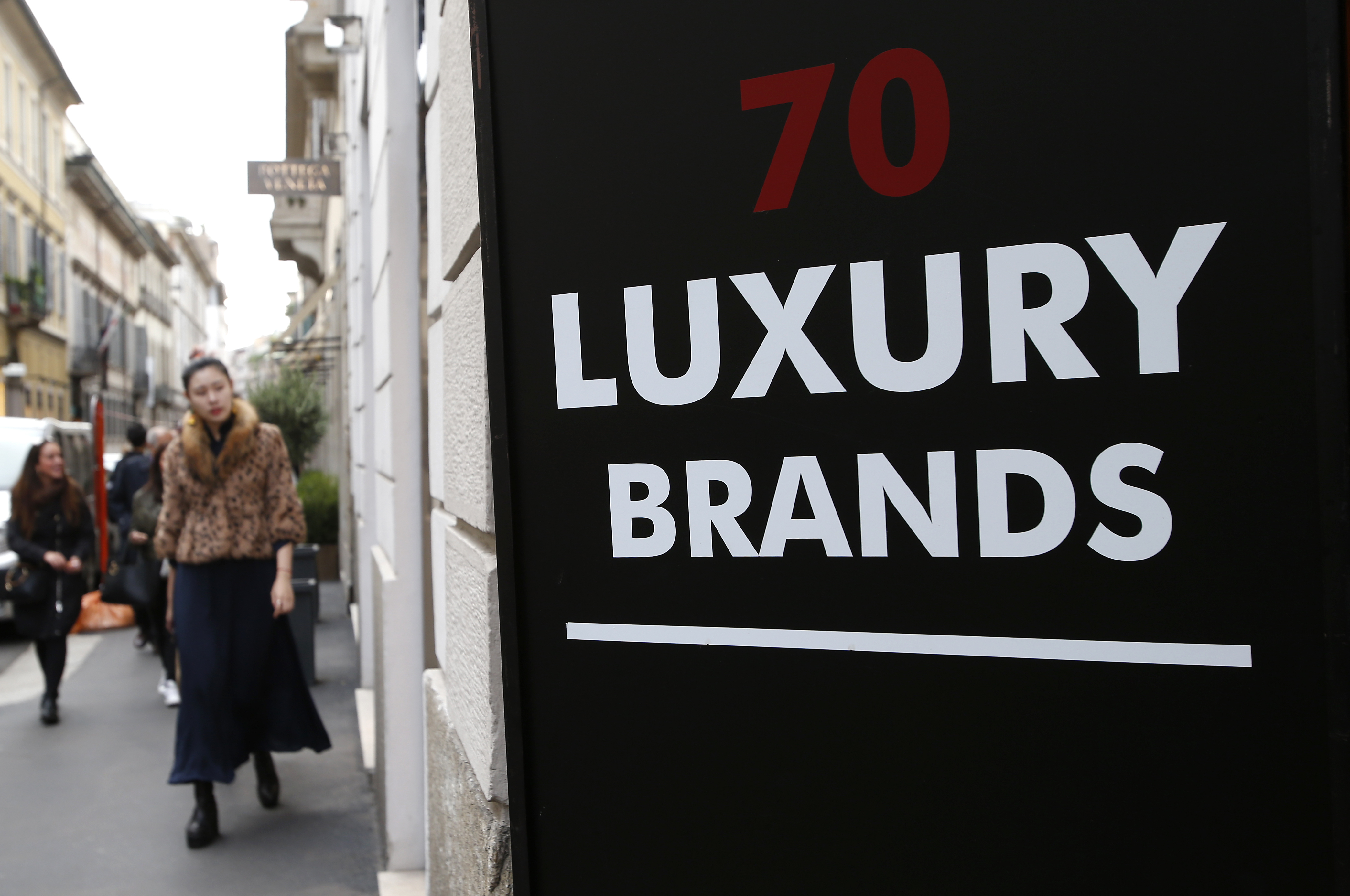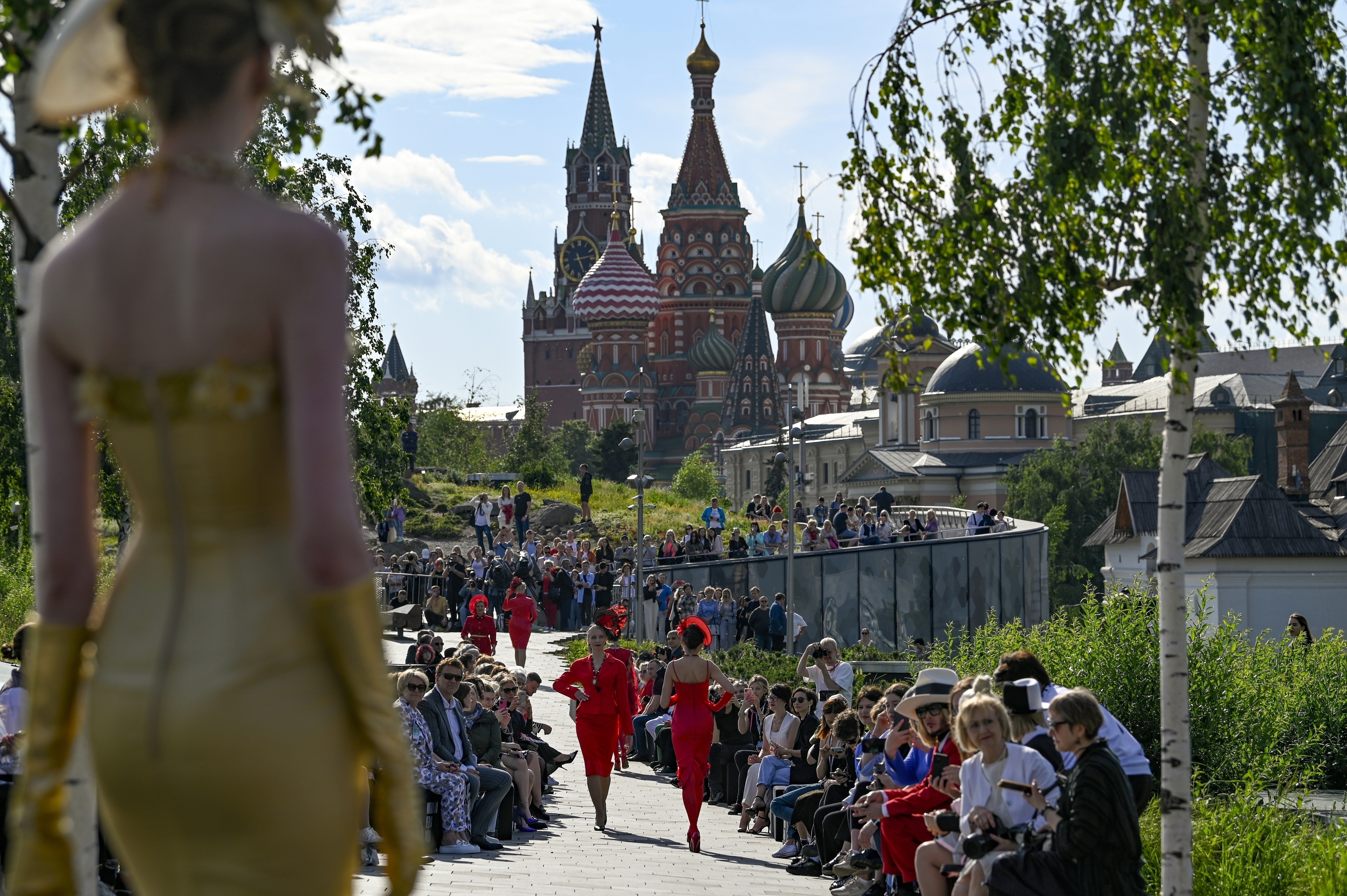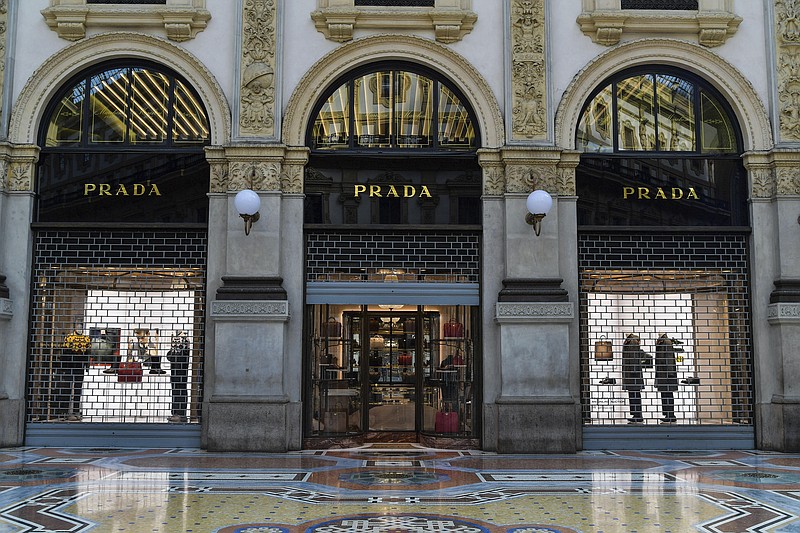MILAN -- Luxury spending is growing faster than ever, fueled by pent-up pandemic demand and shifting demographics as younger, more diverse consumers buy into tiny handbag and post-streetwear trends, according to a recent study.
Global sales of personal luxury goods including leather accessories, apparel, footwear, jewelry and watches are expected to grow by 22% this year, to $367 billion from $300 billion in 2021, according to the Bain consultancy study commissioned by Italy's Altagamma association of high-end producers.
"Consumption is back at pre-crisis levels, but it is also a rebirth, since there is a new consumer base that is younger, and some pockets of consumers that have been unlocked during covid are here to stay and growing, like subcultures and ethnic groups in the U.S.," said Bain partner Claudia D'Arpizio, a study co-author.
The record growth comes after the sharp 2021 recovery from the global pandemic lockdowns, creating a strong trajectory despite the specter of recession next year blamed on higher raw material and energy prices. Bain predicts the sector will expand to between $570 billion and $590 billion over the next five years.
D'Arpizio cautioned that the sector is not recession-proof but is more resilient than it was in the 2008-2009 financial crisis, when luxury sales tanked.
Factors that have made the luxury industry more resilient include the enlarged customer base, as well as stronger relationships between the brands and consumers developed both through social media and an elevated focus on the in-store shopping experience in branded stores.
Mature markets in the United States and Europe are the strongest performers, each growing by about a quarter. U.S. sales are projected to hit 113 billion euros this year, while Europe is the globe's second-largest market at 94 billion euros in sales.
The disappearance of the Russian market after the invasion of Ukraine led to Western sanctions has had "almost zero impact," Bain said. The market represented 2% of sales before the war.
Chinese consumers are strong drivers despite the impact of ongoing covid-19 lockdowns, but their overall weight has been reduced by the emergence of strong new markets, including South Korea and Mexico, D'Arpizio said.
While Bain previously predicted that Chinese shoppers would represent half of all luxury consumers by the middle of this decade, the new study puts them at around 40% by 2030.
The average age of luxury shoppers also is dropping, with half of all purchases by people in their mid-20s to early 40s, while up-and-coming Gen Z, now in their teens to mid-20s, account for nearly 20% of luxury sales.
Trends such as the mini-handbags, that can carry little more than a credit card or lipstick, are made for young consumers, D'Arpizio said, creating brand affinity at a lower price-point while allowing brands to cap their average prices amid booming inflation.
The tiny bags replace former entry-level purchases such as wallets and key chains, with something that "is more visible," D'Arpizio said.
 FILE - A woman walks past a shop in Monte Napoleone street in Milan, Italy, on Oct. 20, 2016. Luxury spending is growing faster than ever, fueled by pent-up pandemic demand and shifting demographics as younger, more diverse consumers buy into tiny handbag and post-streetwear trends, according to a new study by Bain consultancy released on Tuesday, Nov. 15, 2022. (AP Photo/Antonio Calanni, File)
FILE - A woman walks past a shop in Monte Napoleone street in Milan, Italy, on Oct. 20, 2016. Luxury spending is growing faster than ever, fueled by pent-up pandemic demand and shifting demographics as younger, more diverse consumers buy into tiny handbag and post-streetwear trends, according to a new study by Bain consultancy released on Tuesday, Nov. 15, 2022. (AP Photo/Antonio Calanni, File) FILE - A model displays the collection by Russian designer Slava Zaitsev during the opening of the Fashion Week in at Zaryadye Park with the Spasskaya Tower and St. Basil's Cathedral in the background near Red Square in Moscow, Russia, on June 20, 2022. Luxury spending is growing faster than ever, fueled by pent-up pandemic demand and shifting demographics as younger, more diverse consumers buy into tiny handbag and post-streetwear trends, according to a new study by Bain consultancy released on Tuesday, Nov. 15, 2022. The disappearance of the Russian market, representing 2% of sales before the war, due to sanctions imposed after the Ukraine invasion has had "almost zero impact,'' Bain said. (AP Photo, File)
FILE - A model displays the collection by Russian designer Slava Zaitsev during the opening of the Fashion Week in at Zaryadye Park with the Spasskaya Tower and St. Basil's Cathedral in the background near Red Square in Moscow, Russia, on June 20, 2022. Luxury spending is growing faster than ever, fueled by pent-up pandemic demand and shifting demographics as younger, more diverse consumers buy into tiny handbag and post-streetwear trends, according to a new study by Bain consultancy released on Tuesday, Nov. 15, 2022. The disappearance of the Russian market, representing 2% of sales before the war, due to sanctions imposed after the Ukraine invasion has had "almost zero impact,'' Bain said. (AP Photo, File)